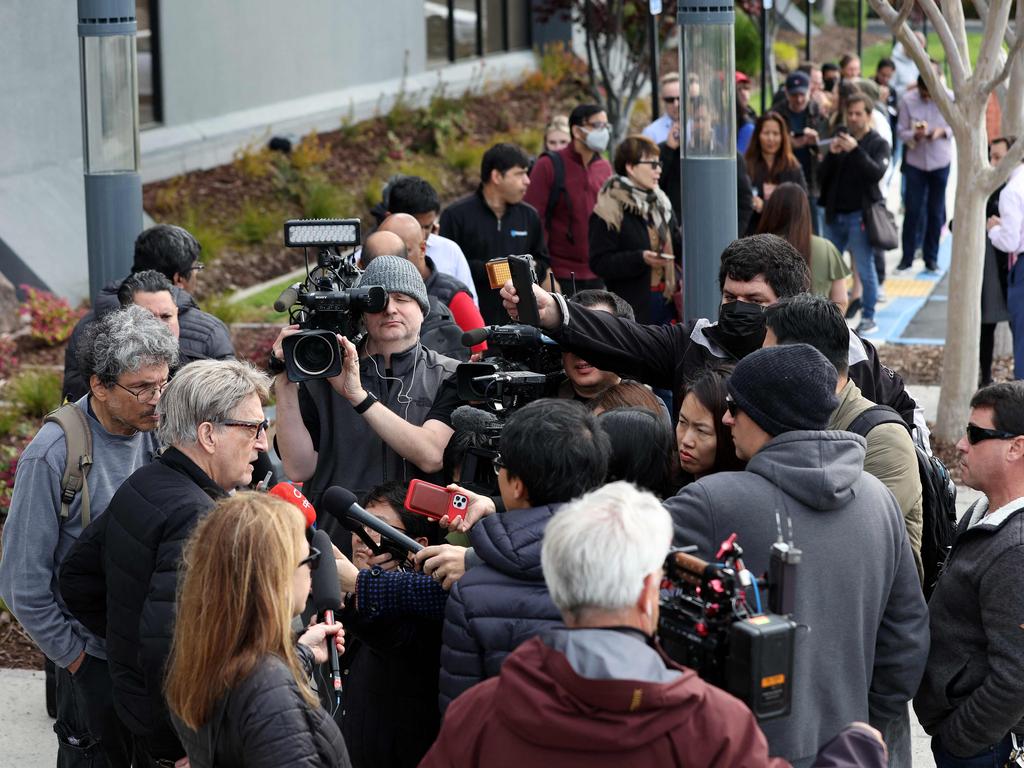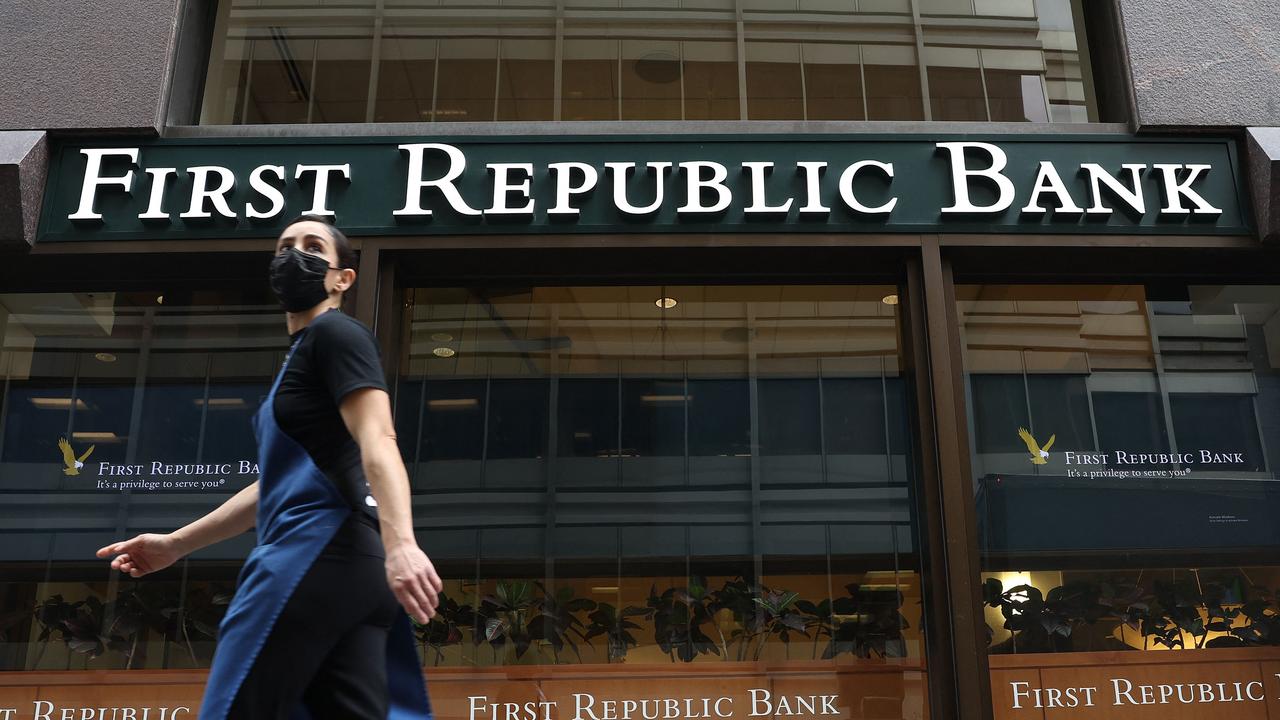Surprise Australian upside of US banking collapses
As the US battles bank collapses, Australia isn’t going to come out unscathed. But there is one upside for Aussie mortgage payers though.

It is hard for Australians to believe, but the US has 4800 banks. That is one bank for every 70,000 people.
In Australia, the ratio is one bank for every 260,000 people.
This makes the US hugely over-banked by Australian standards which leads to all sorts of outcomes, both good and bad.
The good includes intense competition and cheap prices; a strong tolerance for risk, and readily available credit. As well as highly competent people climbing a very tough greasy pole to the top.
Not surprisingly, the bad is the reverse of the good – slim margins, high risk of failure, and a propensity for bubbles and credit crunches. As well as not having enough competent folks to people so many banks!
Silicon Valley Bank (SVB) and the system
These various pros and cons are on full display in the weekend’s blow-up in the US regional bank sector. Silicon Valley Bank (and several others) failed at spectacular speed owing to innovative business models.
In particular, SVB offered mad incentives to establish a deposit base of technology start-ups with chunks of money far larger than the $US250,000 ($A375,000) guaranteed by the Federal Deposit Insurance Corporation (FDIC).
This short-term money was then invested in long-duration assets like US Treasuries. But, as short-term interest rates rose above long-term, the play turned loss-making, as it always does for those that take too much risk.
Once word got around, the tech depositors pulled money at lightning speed and the bank collapsed equally fast.
This is a classic credit crunch dynamic.

The bailout
With such a huge and wild banking culture, US authorities are well-practised at rescues. They wasted no time in coming up with solutions to this one: SVB and two other banks were seized, deposits for all banks were guaranteed, and the Federal Reserve established a new facility to allow banks to pledge their long-duration assets for cash at their full value, effectively erasing losses on investments like those that killed SVB.
In one sense, this is understandable. Standing on principle as a bank run takes place is absurdly self-defeating. Bond and equity holders will still take losses.
Yet, in another, it is over the top. The banks are being made whole on some of their investments because not doing so might pose systemic risk.
That is a bailout.
The fallout
So, is it over? That is a multifaceted question.
In terms of the bank run, who can tell? US depositors are now all guaranteed by the FDIC. But it only holds $US125 billion ($A188 billion) whereas the US banking system has $US18 trillion ($A27 trillion) in deposits.
Is that enough to persuade depositors that their money is safe in regional banks?
Making matters worse, US jobs numbers on Friday were good and the Federal Reserve will have to keep lifting interest rates.
So the US finds itself in the bizarre position of having to bail out banks even as it keeps creating new problems in the credit system to bring down inflation.
This monetary tightening has already blown Arkegos, Credit Suisse, Sri Lanka, Gilts and now US regional banks. Are we at the end of the business cycle yet?

If US depositors are reassured that their money is safe, then the answer is no. And we will have to wait for the Fed to blow up something even bigger.
If US depositors are not reassured, then a credit crunch is about to land on the US economy and the answer is yes, the global business cycle is about to hit a brick wall.
And there is one more complicating factor. Because bondholders at the banks were not bailed out, that means the cost of non-deposit sources of money for banks, called wholesale funding, will now rise. So it’s possible that we will see more bank stress that forces the Fed into reverse.
Australian banks are exposed to this dynamic because roughly 30 per cent of their funding comes from wholesale markets.
However this plays out now, the Australian interest rate hiking cycle is over.
David Llewellyn-Smith is chief strategist at the MB Fund and MB Super. He is the founding publisher and editor of MacroBusiness and was the founding publisher and global economy editor of The Diplomat, the Asia Pacific’s leading geopolitics and economics portal. He is the co-author of The Great Crash of 2008 with Ross Garnaut and was the editor of the second Garnaut Climate Change Review.





